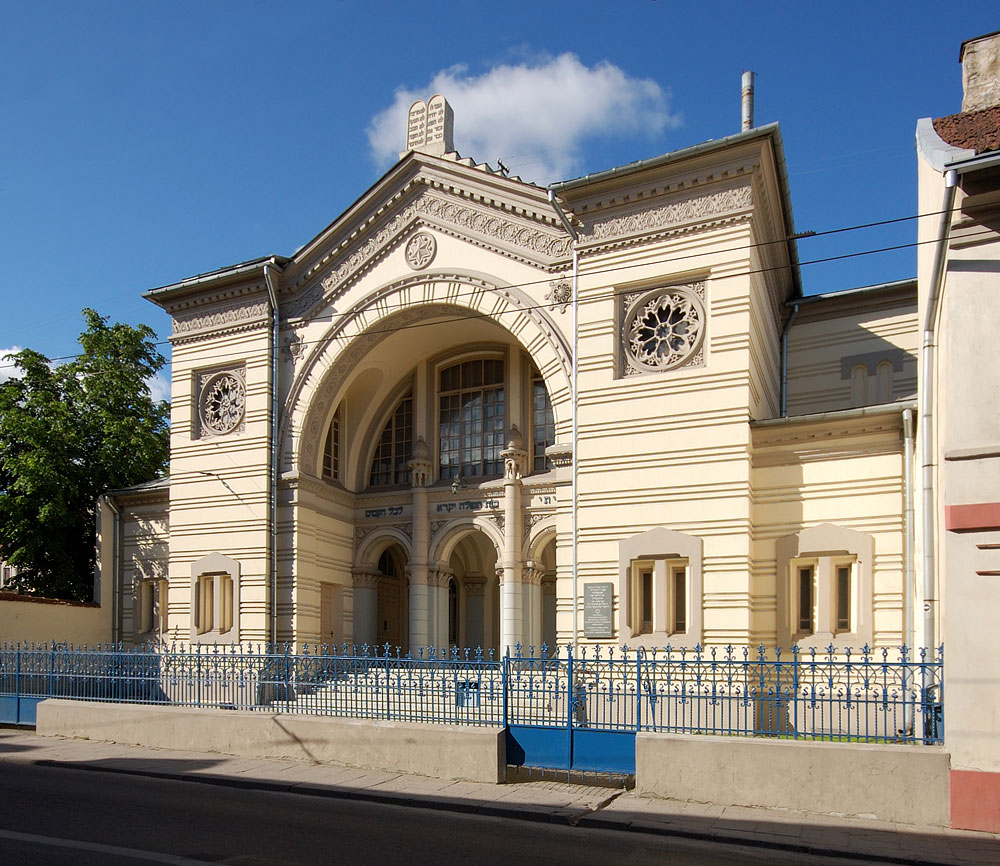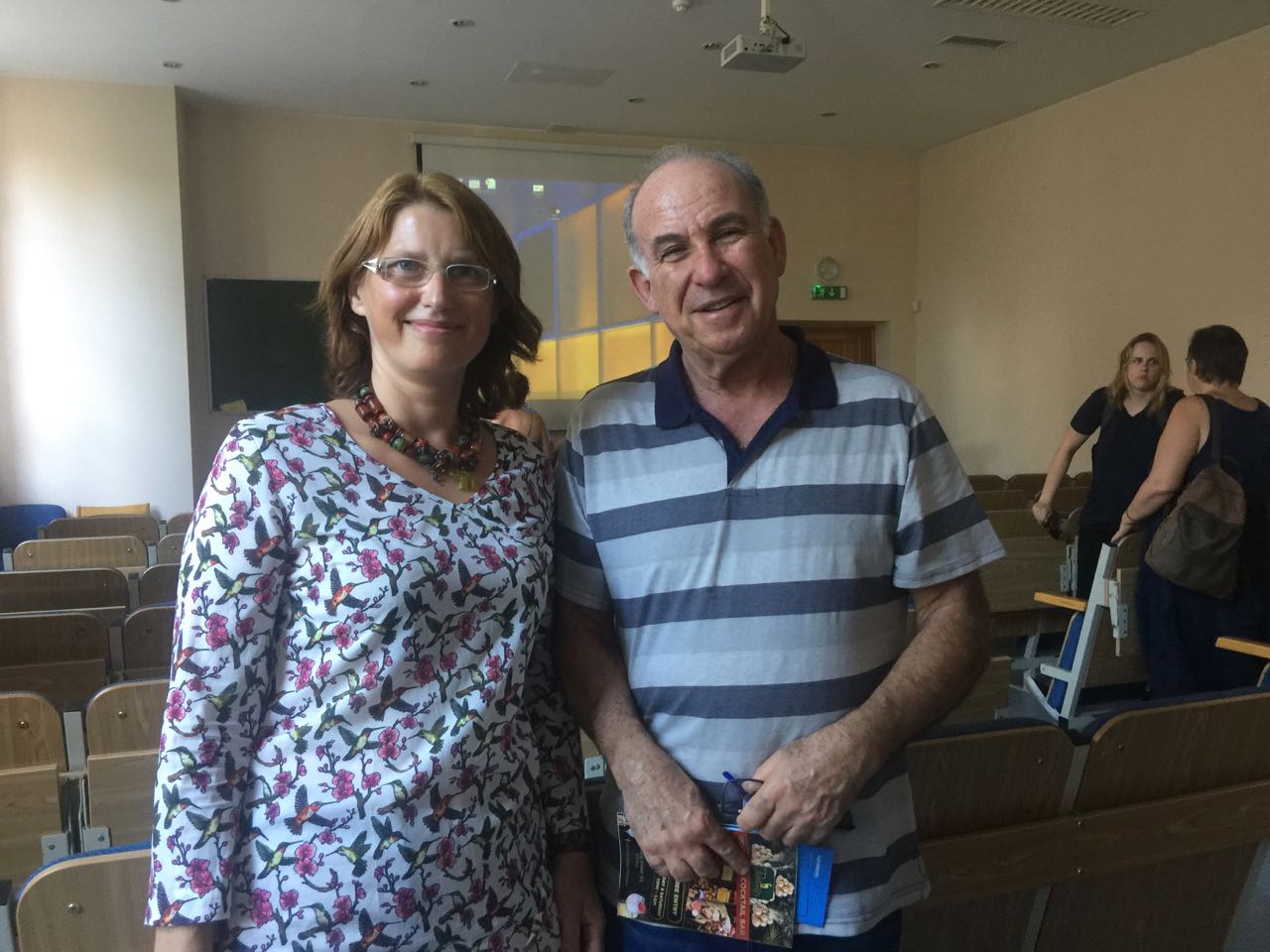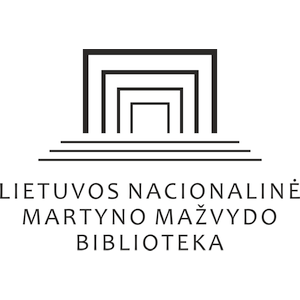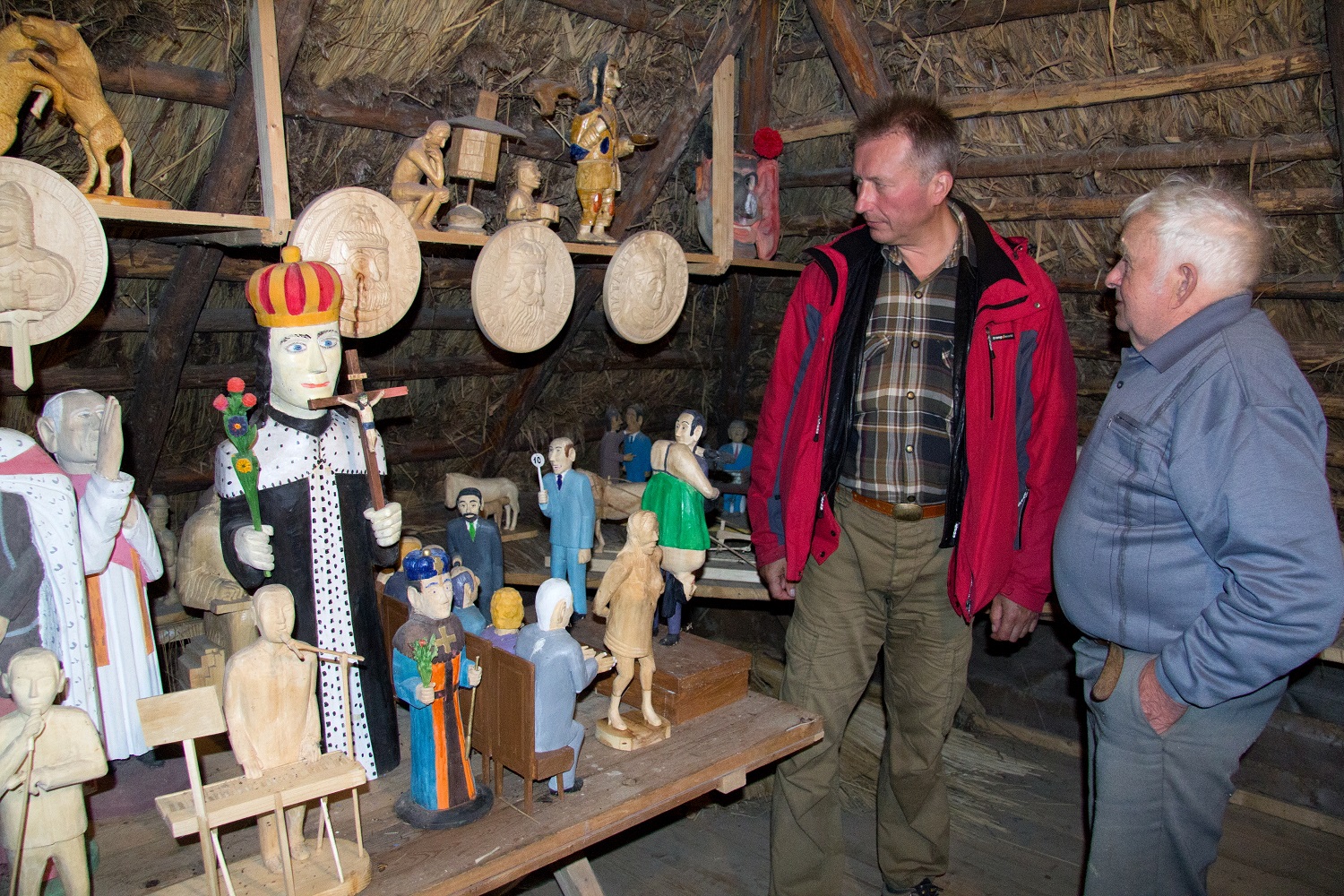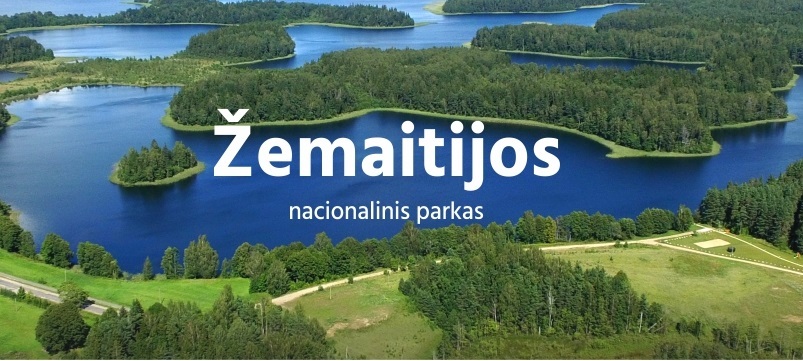In August of this year, an article appeared on the website of the Lithuanian municipality of Kėdainiai, under the headline: “With a minute of silence, Kėdainiai met Tel Aviv.” The text described an annual event, begun only a few years ago, commemorating the extermination of Kedainiai’s Jewish community on August 28, 1941, during the Nazi occupation of Lithuania.
At precisely 18:30, local leaders and others observed a minute of silence – while at that same moment, in Israel, descendants of that vanished Jewish community, who called their home Keidan, were doing the same thing.
Two simultaneous ceremonies – one at the hall of the association of the Vilna Jews in Tel Aviv, the other by the mass grave where more than 2,000 Keidan Jews were murdered 77 years earlier.
Such commemorations are a longstanding tradition in Israel, home to thousands of Jews who trace their families to Lithuania. But in Lithuania itself this is relatively new, and still uncommon, tradition. Kėdainiai’s annual observance began several years ago, and has grown each year. This year it was led by Saulius Grinkevičius, mayor of the municipality, and Rimantas Žirgulis, director of the regional museum. The participants included two mayor’s deputies, the heads of local cultural and educational institutions, members of the administration and museum workers, school teachers and other Kėdainiai citizens. A local television station broadcast the ceremony.
The event reflects an important recent change in public consciousness and attitude. To a significant degree, Lithuanians are confronting their country’s painful past. This is reflected in the media, in increased research into local Jewish history and culture, and in the restoration of sites related to Lithuania’s former Jewish communities. In Kėdainiai, the regional museum and its director have played an important role, as have teachers such as Laima Ardavičieneof the Kėdainiai Atžalynas gymnasium, or secondary school. As it was often in the past, Kėdainiai is providing leadership and serving as a role model for other communities in Lithuania.
Supporting those efforts going forward is a recently published English translation of the Keidan yizkor book – a volume of memoirs, historical accounts and other material gathered from survivors and descendants of the Jewish community after World War II. Originally published mostly in Hebrew and Yiddish in 1977, the book offers a multi-faceted view of Jewish life in Keidan – its history, its religious, educational, social and cultural institutions, youth organizations, portraits of its prominent people, recollections of witnesses and survivors before, during and after the Holocaust.

Cover of the Keidan Memorial (Yizkor) Book, recently translated into English. Edited by Aryeh Leonard Shcherbakov aryeh.shcherbakov@gmail.comand Andrew Cassel awcassel@gmail.com of the Keidan Associations of Israel and the U.S.; published by David Solly Sandler sedsand@iinet.net.auin Perth, Australia. The book is obtainable from any of the three above mentioned
Photos of Commemoration in Kedainiai – 28 August 2018

A section of the memorial erected in 2011 at the site of the Jews’ massacre near Kedainiai. Names of the victims were recorded as cutouts in the metal sheet.

At the site of the 28 August 1941 massacre of Kedainiai’s Jews. Mayor Saulius Grinkevičius lays flowers, while Rimantas Žirgulis (in white shirt) observes.

Local students and media participated in the commemoration.

Laima Ardavičiene, a teacher at the Kėdainiai Atžalynas gymnasium, records the event.



Article and photos by :Aryeh Leonard Shcherbakov aryeh.shcherbakov@gmail.com and Andrew Cassel awcassel@gmail.com of the Keidan Associations of Israel and the U.S and David Solly Sandler sedsand@iinet.net.au of Perth, Australia.
Like this:
Like Loading...









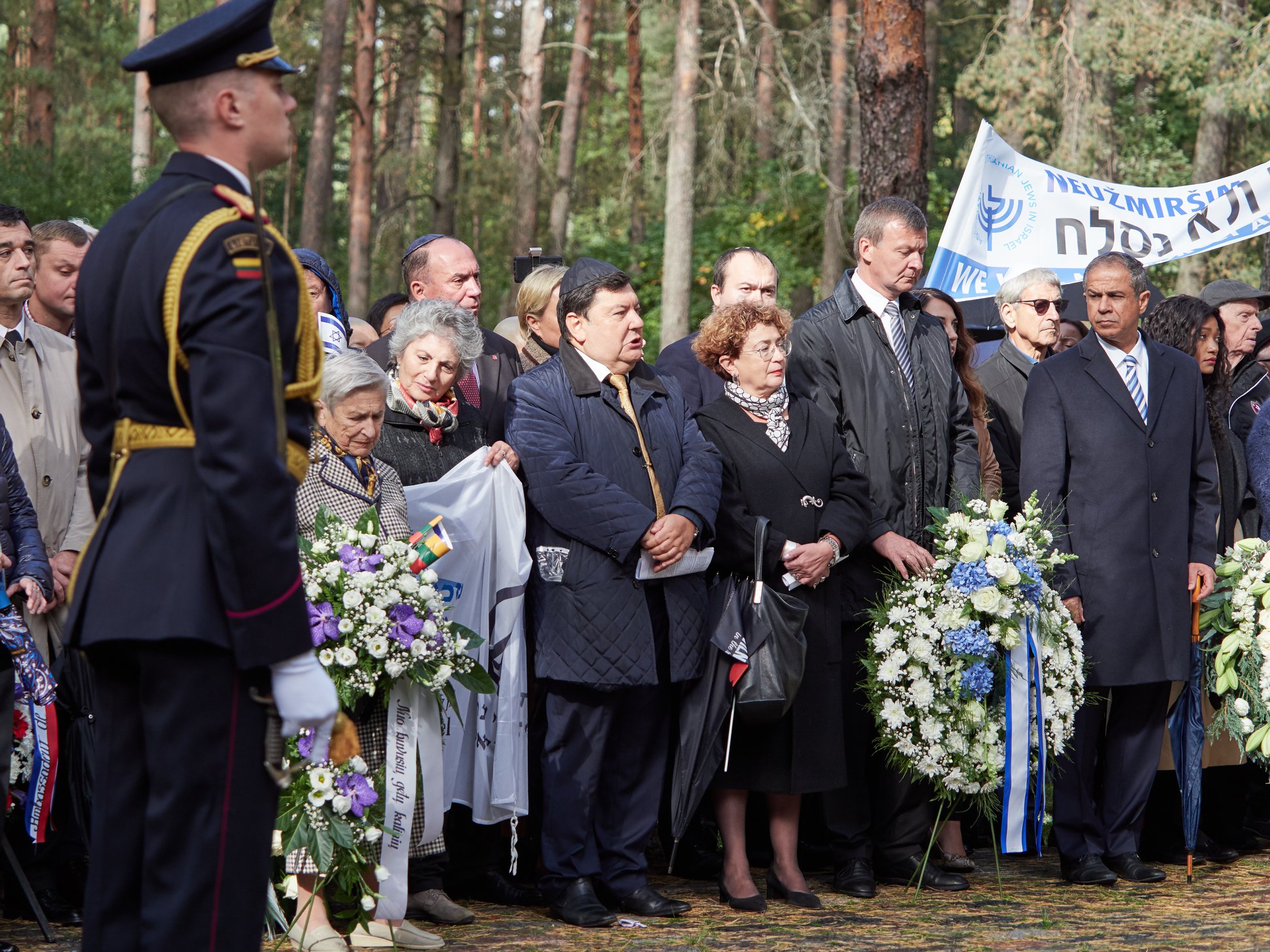












 Source:
Source: 



